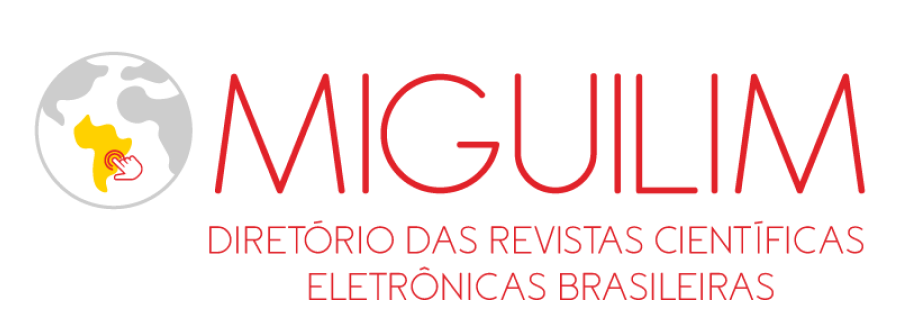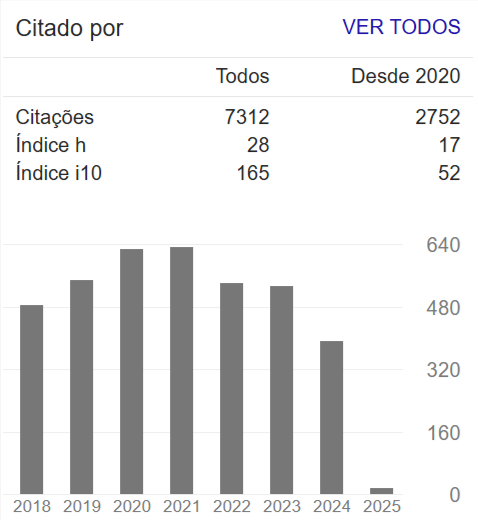HIGH-RESOLUTION 3D IMAGE ANALYSIS OF SATURATED PORE SPACE: HOW IMAGE SEGMENTATION AND MACHINE LEARNING CAN BE APPLIED TO GROUNDWATER REMEDIATION
Resumo
Groundwater reservoirs are distinguished by the petrophysical characteristics that condition their capacity to store (i.e. reservoir porosity) and transmit (i.e. reservoir permeability) significant volumes of groundwater that can be exploited by society (Feitosa et al., 2008). Recent works (Archilha, N. L., 2015a; Archilla et al., 2016; Eberli et al., 2003) showed that specific properties from the pore space, such as pore geometry and pore connectivity, also control the pore space permeability. High resolution X-ray imaging can reveal complex 3D structures without destroying the samples. Through digital slicing, it is possible to determine pore surface area, volume, connectivity, and many other microproperties of individual pores. In the case of saturated pores spaces, it is also possible to reveal and distinguish the different saturating phases, such as oil, contaminants, water, gas, etc. All this characterization is only possible if the 3D image, originally in grey scale, is segmented, i.e. partitioned into multiple segments that share the same attributes. In this work we segment two saturated pore scales: (i) a real dolomite rock, saturated with a non-aqueous phase liquid (NAPLs) and water and (ii) a pack of glass beads saturated with water and a toxic halocarbon industrial solvent. The segmented image is now being used to train different machine learning models for, soon in the future, turn this time-consuming segmentation method into a quick and reliable process. This has a very important implication to a cutting-edge technique: time resolved X-ray tomography (so called 4D X-ray tomography), which allows the 3D study, in real time, of any type of fluid flow in porous media.

















